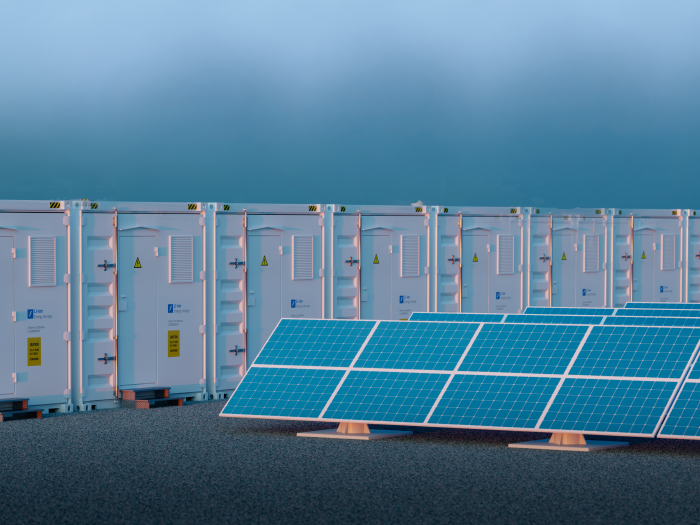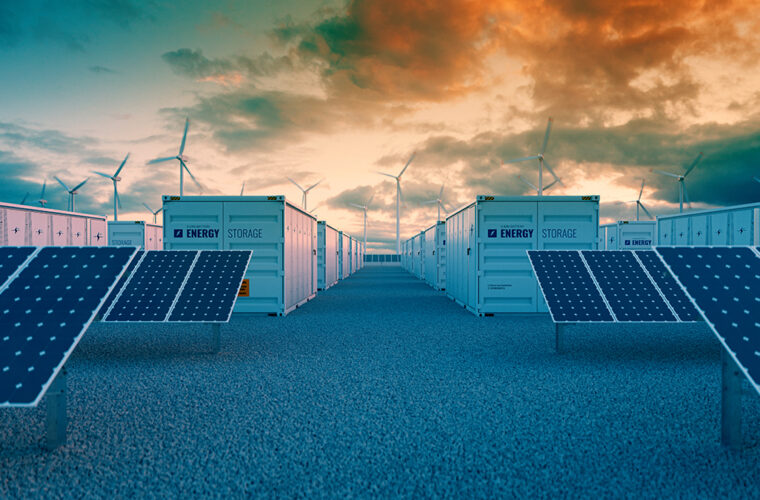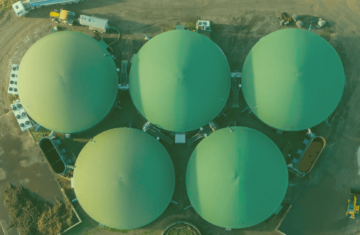The U.K. has been making significant strides in enhancing its energy security by increasing renewable energy capacity while gradually moving away from coal, the “dirtiest” fossil fuel. This diversification of the energy mix is crucial for developing resilience and accelerating the green transition. However, the government must ensure that the transmission infrastructure can support the influx of new clean energy projects to reliably deliver power to millions of households across the country.
Key Developments in U.K. Energy Security

- Increased Renewable Energy Capacity: The U.K. has significantly boosted its renewable energy capacity, which has contributed to a reduction in the risk of blackouts during winter months. The National Energy System Operator (Neso) predicts that winter power supplies will exceed demand by nearly 9% this year, thanks to large-scale battery storage projects and small-scale renewables [1].
- Coal Phase-Out: The closure of the last coal-fired power plant in September marks a historic shift for the U.K., which has relied on coal for over 142 years. This transition aligns with commitments made during the COP26 climate summit in Glasgow in 2021 and reflects the U.K.’s broader strategy to phase out coal, which contributed 39% of the country’s power in 2012 [1][2].
- Natural Gas Supply Diversification: The U.K. has strengthened its natural gas supply chain by increasing imports from Norway and establishing new agreements with the U.S. and Qatar. This diversification reduces reliance on Russian gas, which has been a significant concern following geopolitical tensions [1][3].
- International Energy Collaboration: The U.K. has begun importing renewable energy from Denmark through the Viking power link, the world’s longest high-voltage power cable. This cable provides clean electricity for approximately 2.5 million U.K. homes, showcasing the potential for cross-border energy sharing [1].
- Future Renewable Energy Goals: The U.K. government aims to dramatically increase renewable energy capacity by the end of the decade, targeting 50 GW of offshore wind and 70 GW of solar capacity, alongside the development of new nuclear plants [1][2].
Conclusion
The U.K.’s commitment to diversifying its energy mix and investing in renewable energy sources has significantly enhanced its energy security. As the country continues its green transition, collaboration with utilities and regulators will be essential to ensure a stable energy supply, particularly during winter months. Strong energy agreements with other countries will further alleviate the challenges associated with renewable energy’s intermittency.
Learn more:
- Energy Sources in the UK: Everything You Need to Know in 2024
- How much of the UK’s energy is renewable? | National Grid Group
- Why drilling for more fossil fuels won’t bring UK energy security or cut prices – Carbon Tracker Initiative



